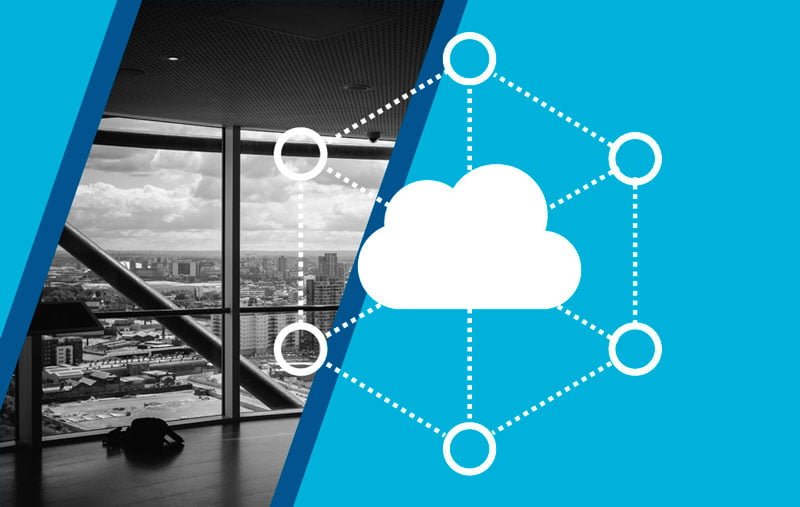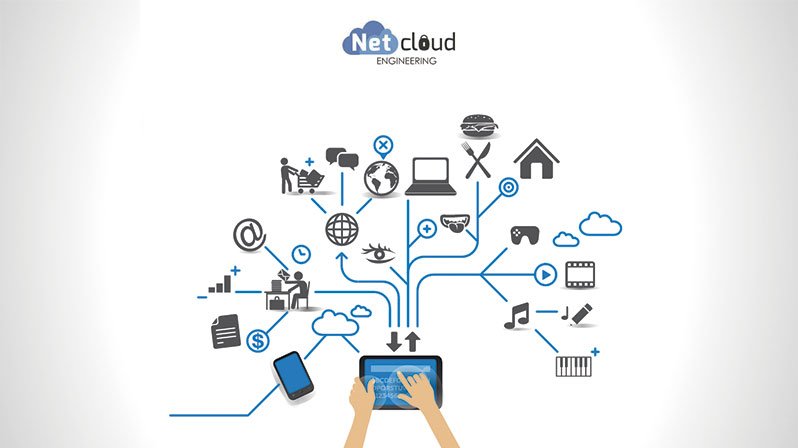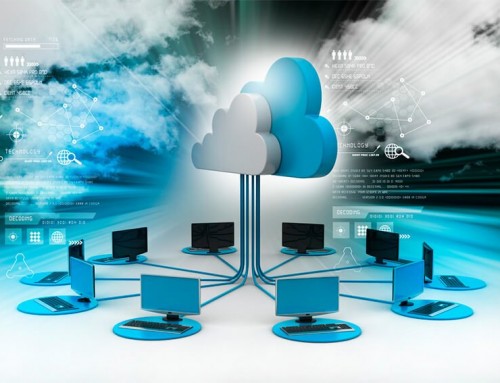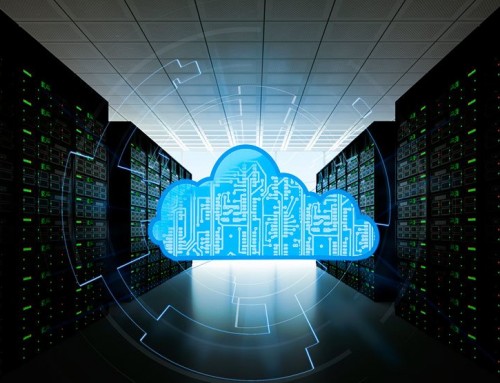En NetCloud Engineering we are experts in,,es,and in this post we will tell you what it is.,,es,What is Edge Computing?,,es,It is a,,es,mesh network of micro data centers,,es,with which to process and store critical data locally while pushing the received data to a center or repository where everything is stored in the cloud.,,es,The physical location of this network where the data is physically stored measures only 30 square meters.,,es,It is normal to refer to cases of use of,,es,, where edge devices collect data, sometimes even massively, to send it to a cloud or data center for processing. He,,es Edge Computing en el tráfico de datos del IoT y en este post os contaremos en qué consiste.
¿Qué es Edge Computing?
Se trata de una red de malla de microcentros de datos con la que procesar y almacenar datos críticos de manera local a la vez que se empujan los datos recibidos a un centro o repositorio donde todo se almacena en la nube.
El lugar físico de esta red donde se almacenan físicamente los datos mide sólo 30 metros cuadrados.

Lo normal es hacer referencia a los casos de uso de IoT, donde los dispositivos de borde recopilan los datos, a veces incluso de manera masiva, para enviarlos a una nube o un centro de datos para que sean procesados. El Edge Computing en el tráfico de datos del IoT offers a local calculation so that some of the data is processed, worth the redundancy, locally; in this way, backhaul traffic to the central repository is reduced.,,es,Typically, they are the,,es,IoT devices,,ca,those who are responsible for carrying out this task, capable of transferring the data to a local device where computing, storage and network connectivity are included in a small factor.,,es,The data is processed on the edge and a part - or all - is sent to a central repository for processing or directly stored in the corporate data center that will be installed in a colocation or IaaS cloud.,,es,Where is its importance?,,es,The importance of using the,,es
Lo habitual es que sean los dispositivos IoT los que se encarguen de llevar a cabo esta labor, capaces de transferir los datos a un dispositivo local donde se incluye la computación, el almacenamiento y la conectividad en red en un pequeño factor.
Los datos son procesados en el borde y una parte -o todo- se envía a un repositorio central para procesarse o directamente almacenarse en el centro de datos corporativo que estará instalado en una colocalización o nube IaaS.
¿Dónde radica su importancia?
La importancia del uso de el Edge Computing en el tráfico de datos del IoT It comes with the variety of circumstances in which this resource is the most appropriate.,,es,In the first place, we have to,,es,Edge Computing,,en,It presents a very good option if IoT devices have poor and inefficient connectivity and need to be constantly connected to a central cloud.,,es,The latency with edge computing is minimal since the data does not cross the network to the data center or the cloud. Thus, the cases of high latencies will be the most benefited with this respite.,,es
En primer lugar, tenemos que el Edge Computing se presenta una muy buena opción si los dispositivos IoT presentan una conectividad pobre y poco eficiente y necesitan estar constantemente conectados a una nube central.
La latencia con la computación de borde es mínima puesto que los datos no atraviesan la red hasta el centro de datos o la nube. Así, los casos de latencias altas serán los más beneficiados con este respiro.
The microdata centers close to the 5G constructions are a reality; one in which business customers will want to own a space in them to have direct access to a wider provider network, able to connect to a public IaaS.,,es,Fog vs. Edge,,en,Have you ever heard the concept,,es,Fog Computing,,en,? Fog in computing is the set of network connections between the devices that connect the edge and the cloud. So, this includes the,,es,and also the network that is needed to obtain data once processed.,,es,The security of Edge Computing,,es,On whether the,,es
Fog vs. Edge
¿Alguna vez has escuchado el concepto Fog Computing? La niebla en la computación es el conjunto de conexiones de red entre los dispositivos que unen el borde y la nube. Así, esta incluye el Edge Computing y también la red que se necesita para la obtención de datos una vez procesados.

La seguridad del Edge Computing
Sobre si el Edge Computing en el tráfico de datos del IoT it is or not sure there are parties for and against. On the one hand there are those who say that edge devices are, in general, more vulnerable. On the other, it is also said that the more data close to our network and, therefore, in a cloud that may be compromised, much better.,,es,Be that as it may, the important thing is that the design of an edge or fog computing is as safe as possible. We must pay attention to access control, the use of tunnels and data encryption and, very important, make proper use of the lexicon of this variety of data processing.,,es,And here's our post about the,,es
Sea como sea, lo importante es que el diseño de una computación de borde -o bien de niebla- sea lo más seguro posible. Hay que prestar atención al control de acceso, el uso de túneles y el cifrado de datos y, muy importante, hacer un uso correcto del propio léxico de esta variedad de tratamiento de datos.
Y hasta aquí nuestro post sobre el Edge Computing en el tráfico de datos del IoT hopefully you have been useful, if you have any questions we will be happy to help you, you just have to put in,,es,Contact,,es,with us.,,es,Cybersecurity Industrial Networks,,es,2017-10-24T18:17:13 00:00,,en,December 7th, 2017,,en,Edge Computing in IoT data traffic | Cybersecurity Barcelona,,es contacto con nosotros.









